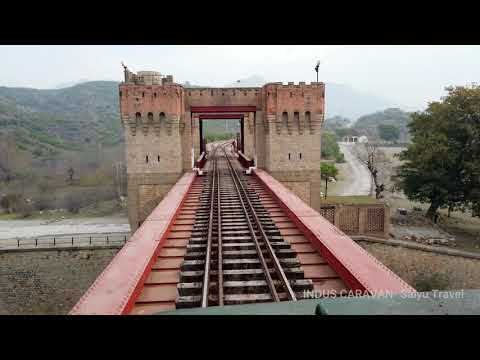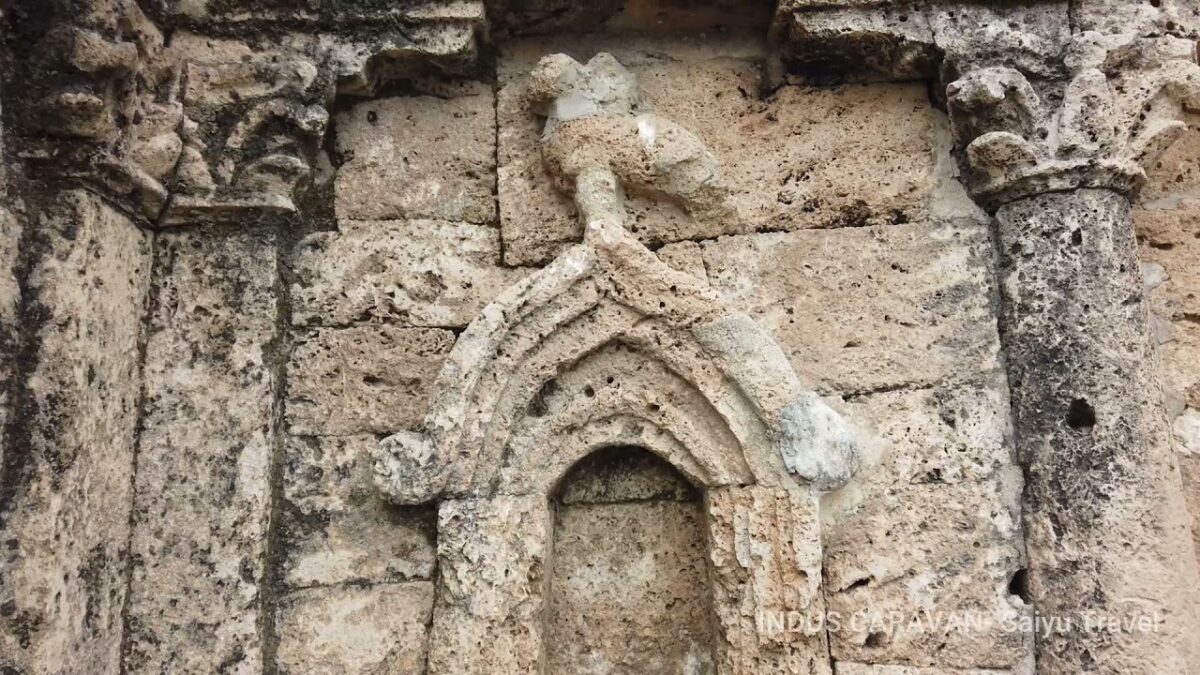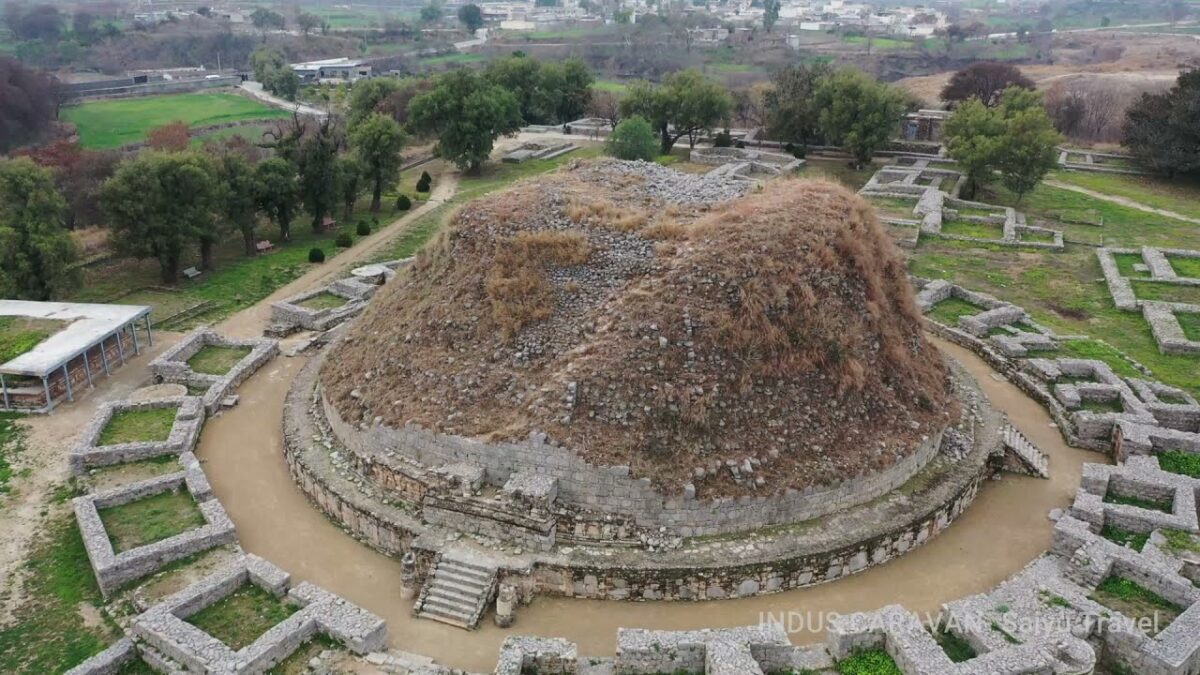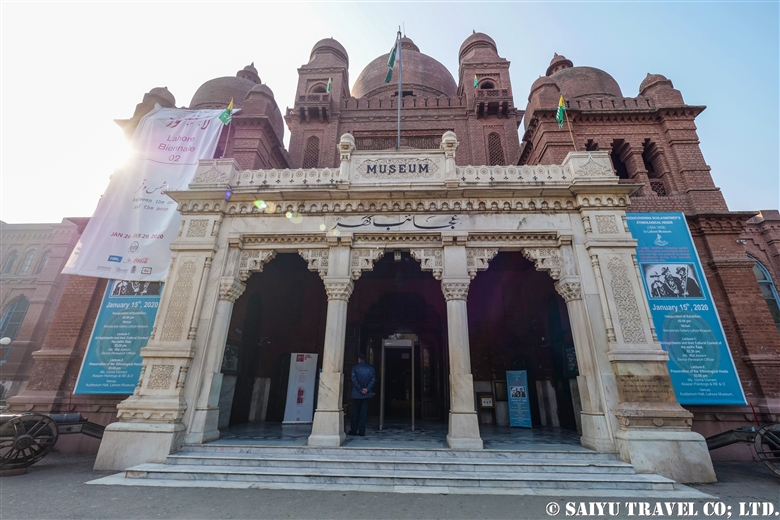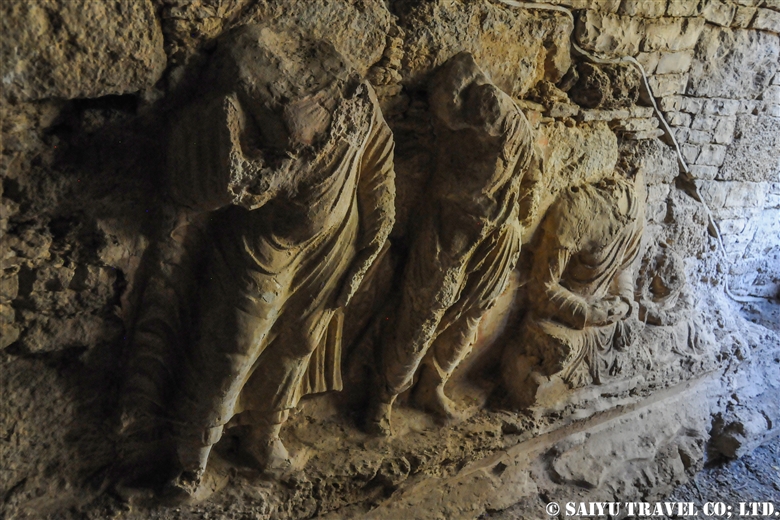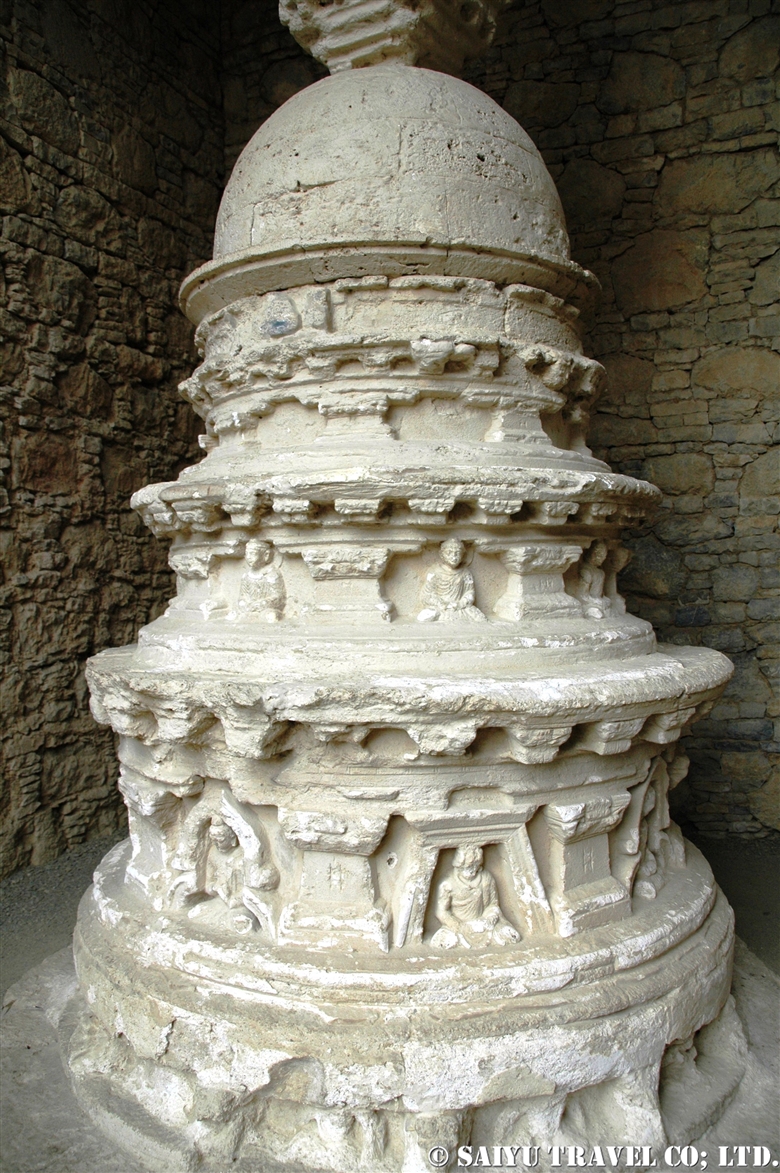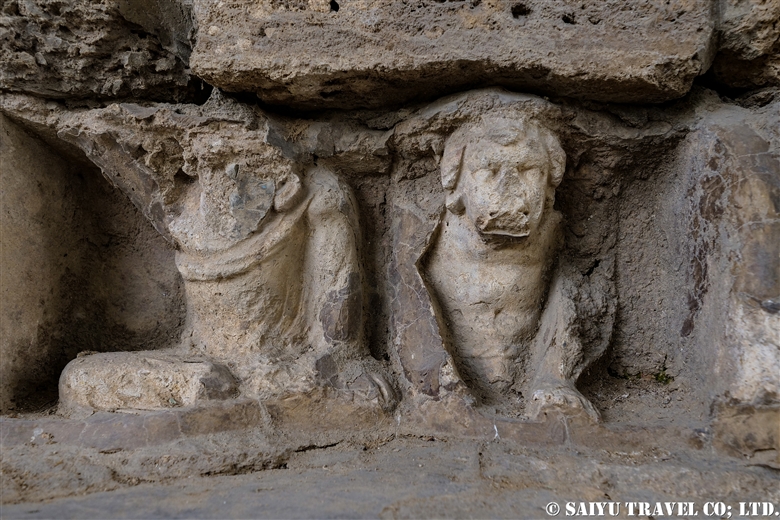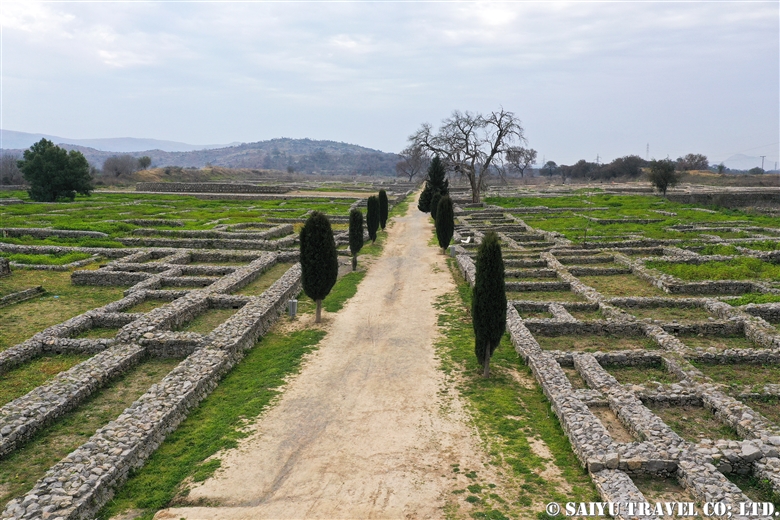History by Night at Lahore Fort on the weekend evening.
Although held in Urdu for the general public in Pakistan, this is the only way to enter the illuminated treasure of Lahore Fort, Sheesh Mahal.
Video & text : Mariko SAWADA
Visit : Mar 2019, Lahore, Punjab
Category : = Video Clip Punjab > ◆ Video Breathtaking Views of Pakistan > ◆ Punjab > - Lahore > ◇ Heritage of PakistanTag : Pakistan tour operator , Indus Caravan , Lahore city tour , History by Night , Saiyu Travel Pakistan , Lahore walled city , Pakistan Photography Tour , Indus Ruin , Lahore , Unesco World Heritage Pakistan , Lahore Fort , Pakistan Blog , Pakistan Travel company , Pakistan Travel Blog







